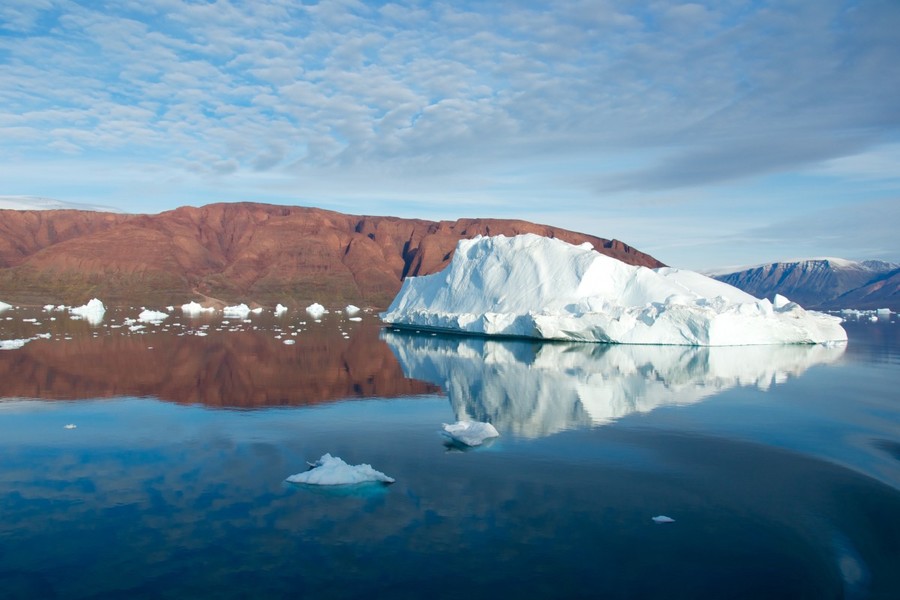Fancy Ice Redux
I was once on a Canadian lakeshore in late autumn, and the frozen water appeared perfectly clear.
I haven't seen a mountain lake freeze since, and I've never been successful at making clear ice cubes at home, so I've decided that the environmental conditions of that autumn must've been just right.
What local conditions are necessary to form clear ice on a lake?

This section requires Javascript.
You are seeing this because something didn't load right. We suggest you, (a) try
refreshing the page, (b) enabling javascript if it is disabled on your browser and,
finally, (c)
loading the
non-javascript version of this page
. We're sorry about the hassle.
What's going on here?
Finding clear ice on a frozen lake indicates that the lake must have frozen slowly. Ice crystals usually begin to form (or nucleate ) near impurities or edges, and spread outwards, adding nearby water molecules to the ice's crystalline lattice. The crystal lattice is tight and there isn't room for impurities like air, dust, or dissolved minerals to fit in the crystal. If the ice crystals form slowly enough, these types of impurities have time to diffuse away from the crystal as it grows. The larger the ice crystal can slowly grow without freezing around an impurity, the fewer scattering ice surfaces there are that can lead to cloudiness.
How to avoid cloudy ice
Slow-freezing ice rejects impurities by giving them time to diffuse away. The very last part of the ice to freeze is where the trapped air and impurities have been cornered. Most ice cubes are particularly cloudy in the middle because the water is freezing from all six cold sides. In a lake with cool air and a relatively warm lake bed, the freezing occurs from the top only and never freezes all the way to the bottom -- the impurities and air are still beneath in the liquid water near the lake bed.
Clear ice is also pure
The ability of slow freezing to "purify" water of impurities was noticed in the late 19th century when pollution was first identified as a problem. Even if a lake begins full of impurities and pollutants, the top layer of clear ice after a few cool days of slow freezing is nearly perfectly pure.